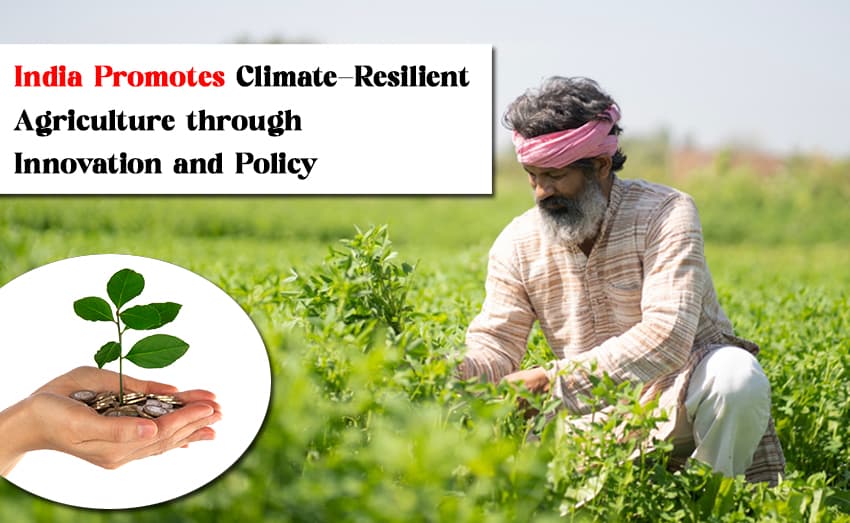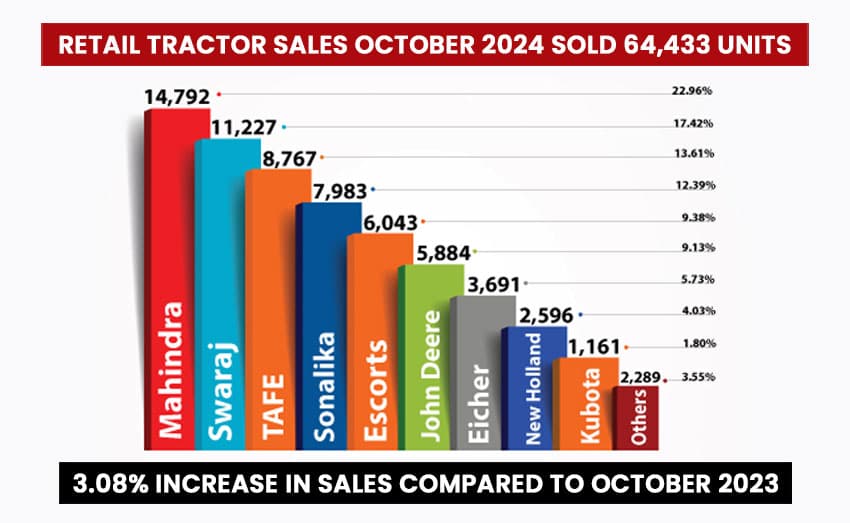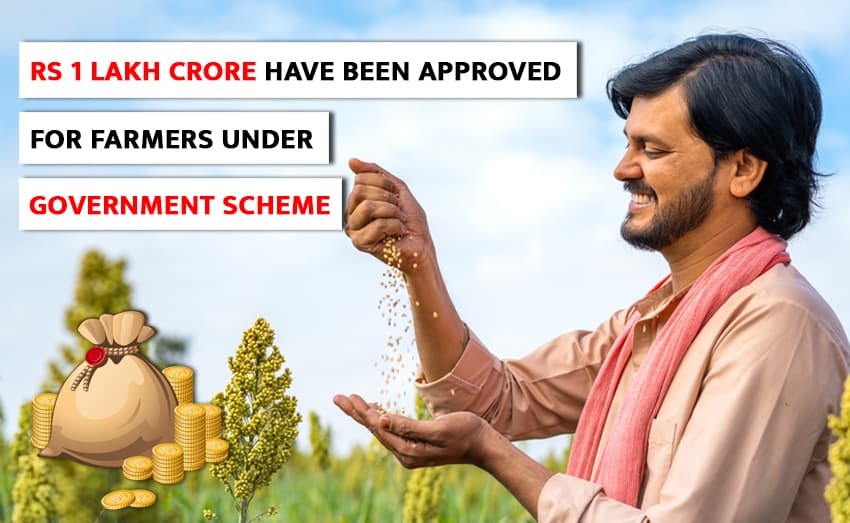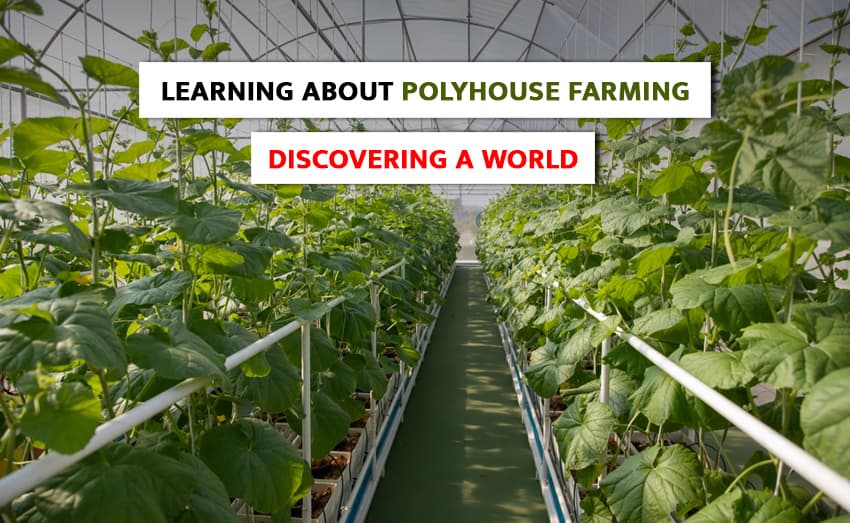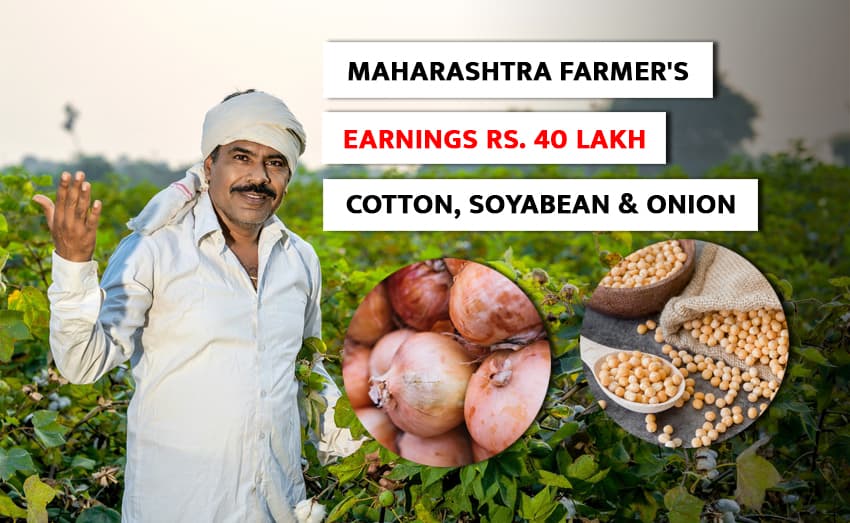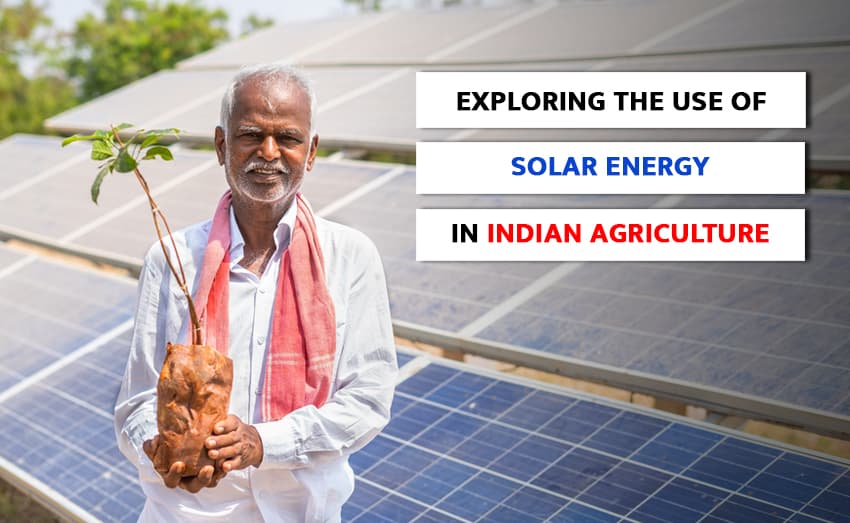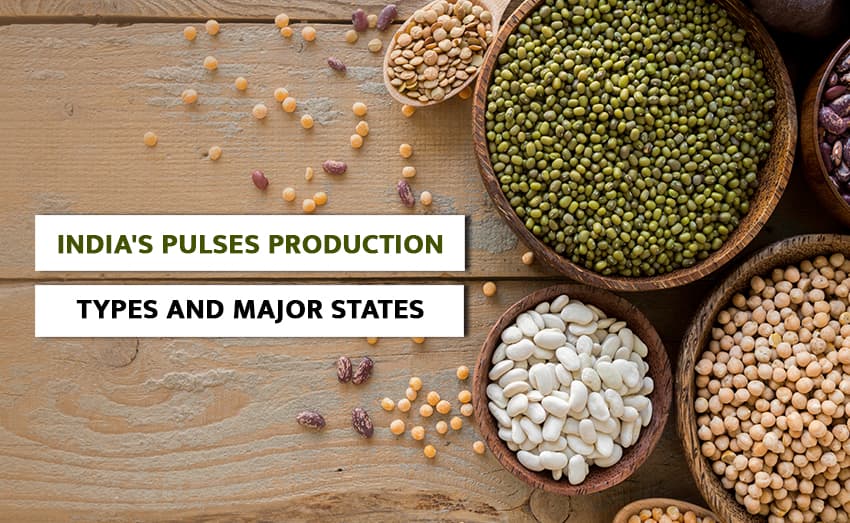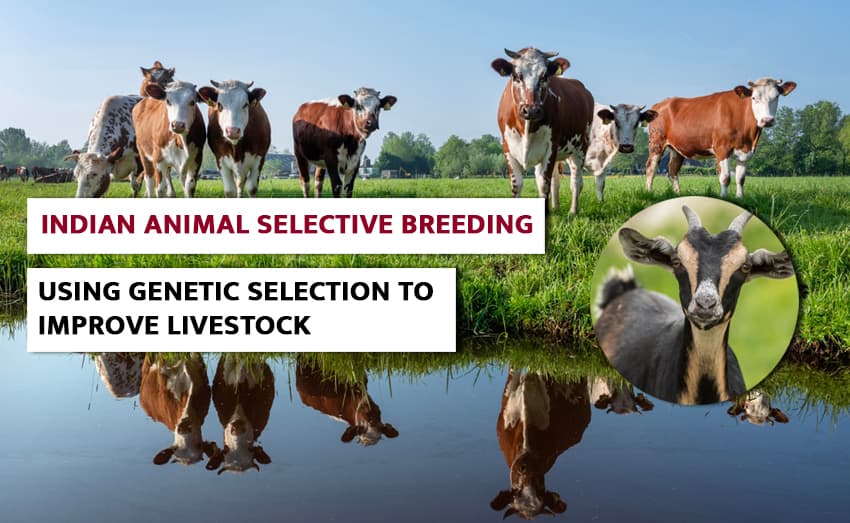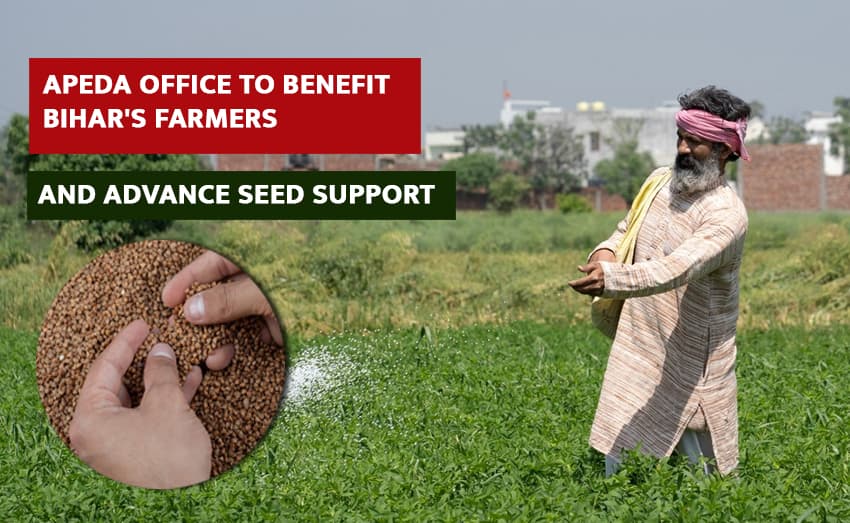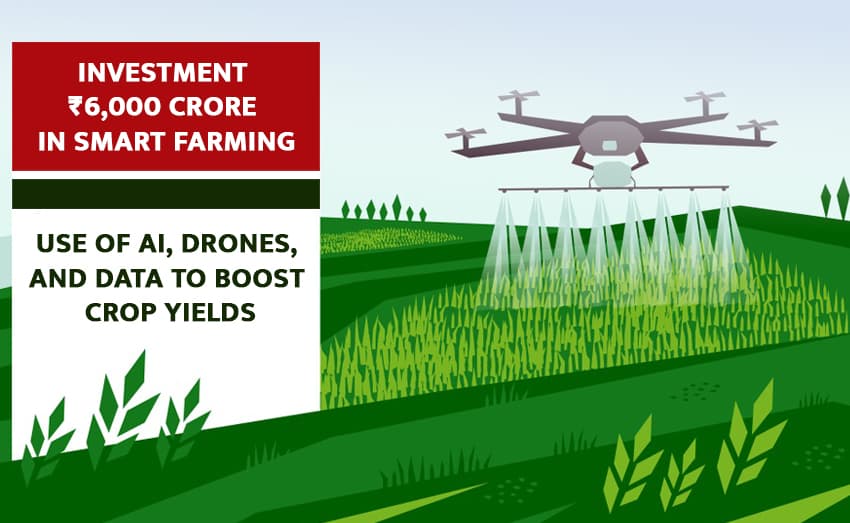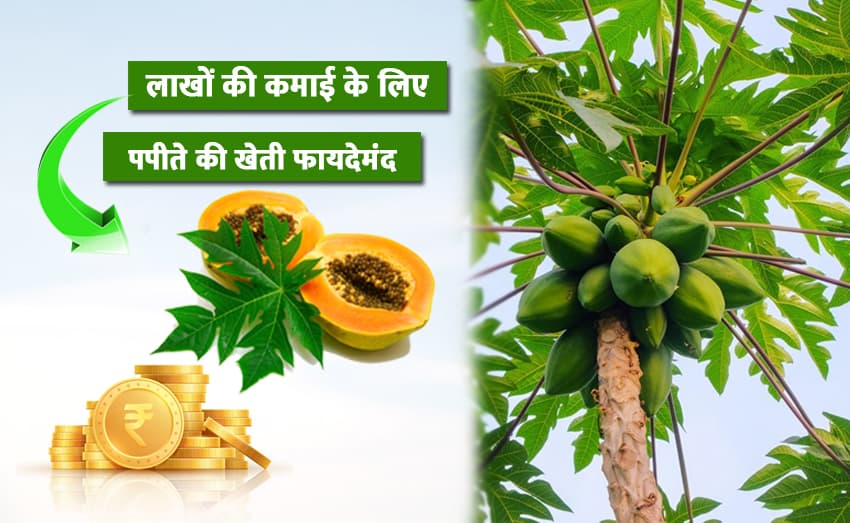India needs new ideas for farming that will last.
India is paving the way for agriculture that can adapt to changing climates with new ideas, integrated farming systems, and effective government programs.
Both agribusiness and agribusiness ownership Agriculture and actions related to it are important for economic growth and long-term development. They make sure that the 1.4 billion people who live in the country have enough food and nutrition, and they boost production, jobs, and demand through many backward and forward links. India's agriculture makes up about 16% of the country's GDP and employs about 49% of its people (Economic Survey, 2018). But because more than half of India's farmland depends on rainfed irrigation, the sector is very sensitive to changes in the weather.
Expediency in politics The stress on natural resources is getting worse, and climate change isn't the only thing making things worse. The complicated nature of life in some of the world's poorest areas is what makes those people especially vulnerable.
How climate change affects farming in important ways
Uneven Rainfall: Uneven rainfall is a big problem right now because some days it doesn't rain at all and other days it rains a lot. This has caused a lot of dirt to wash away and long periods of dry weather. These changes in the hydrological cycle will cause extreme events like storms and droughts in different parts of the country at different times.
Rising Temperatures: Rising temperatures are especially dangerous in tropical places like India, where many situations are close to the limit of what plants can handle. Heat stress lowers crop yield by stopping citrus plants from setting fruit or making veggies lose more water.
Livestock and Poultry: Changes in the climate affect how productive and reproducing animals are. When it's hot and humid, animals eat less, produce less milk, and their meat and eggs aren't as good. Chickens are especially sensitive to heat stress, which makes eggshells smaller and more likely to break.
Bugs and sicknesses: Climate change changes where they live, how long they stay there, and how much they spread. As temperatures and humidity rise, pests can live in better conditions, which makes controlling them harder and less reliable.
Plans for Adaptation and Mitigation
Adapting to climate change is necessary in order to both reduce risks and take advantage of possibilities. Most peasant farmers in India don't have a lot of resources, so the key is to make them more resilient.
Water Resource Management: Unpredictable rain needs to be dealt with by collecting, recycling, and using rainwater efficiently through advanced irrigation methods and water budgeting.
Simulations of plants and animals with aquaculture and plantations are part of integrated farming systems. Diversifying makes basic farming tasks risk-free. To build resilience, you should plan response tactics for different crops and land uses that will work with the current agro-climatic conditions.
Tech and new ideas: encouraging behaviours that use resources wisely, creating crop varieties that can survive in harsh climates, and protecting agricultural biodiversity are all very important. Tools like pest forecasting models, weather-based warnings, risk management systems, and more have given farmers more power over the decisions they have to make.
Joining the communist community in managing production and teaching them about environmentally friendly methods is part of community engagement and instruction. They taught farmers, consumers, and markets about climate-resilient agriculture to make sure that the answers they offered were widely used.

